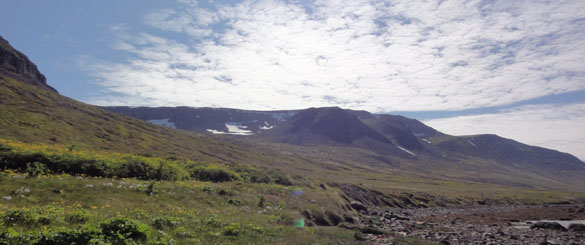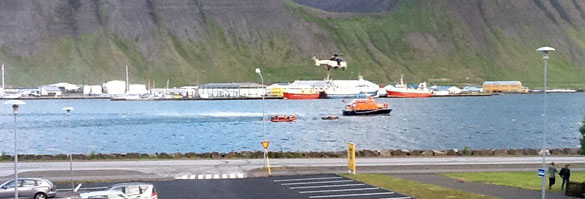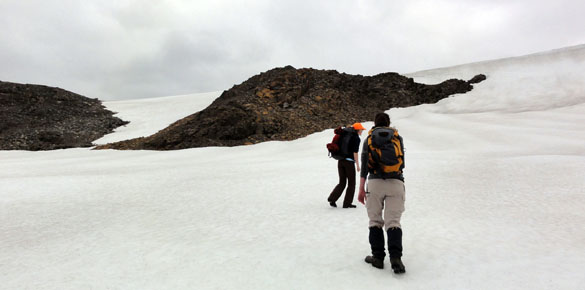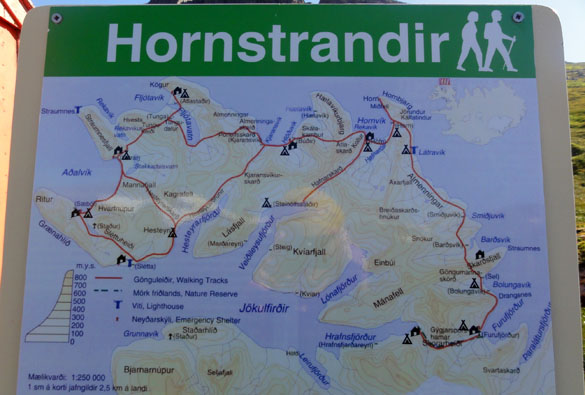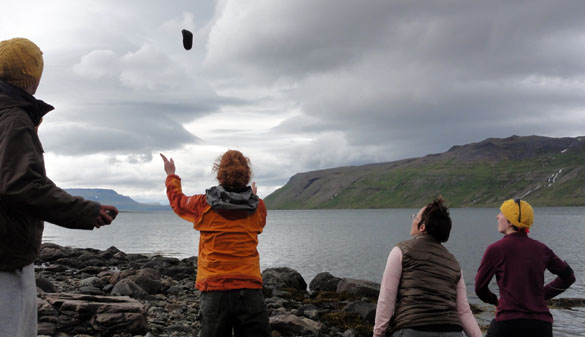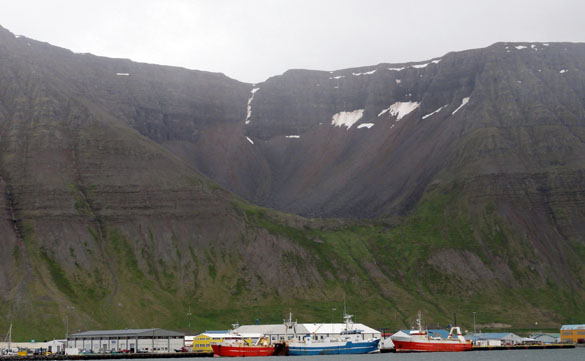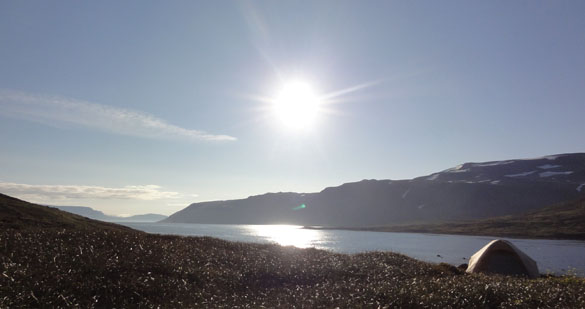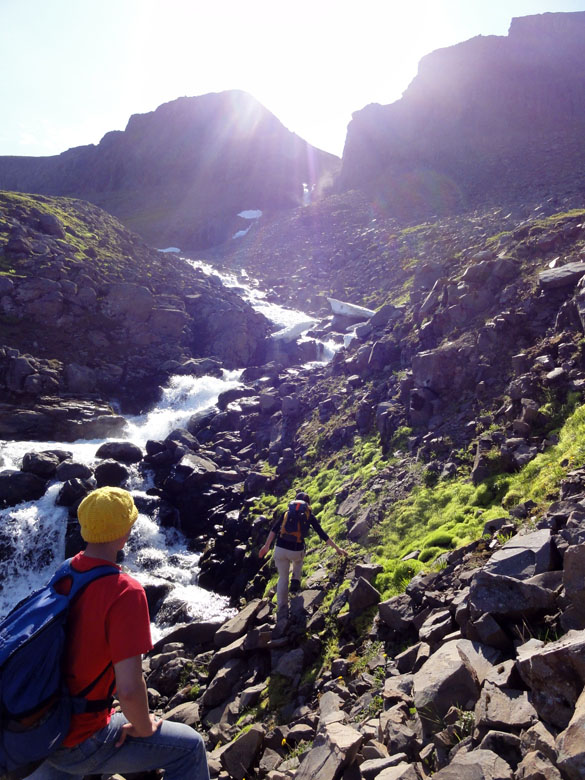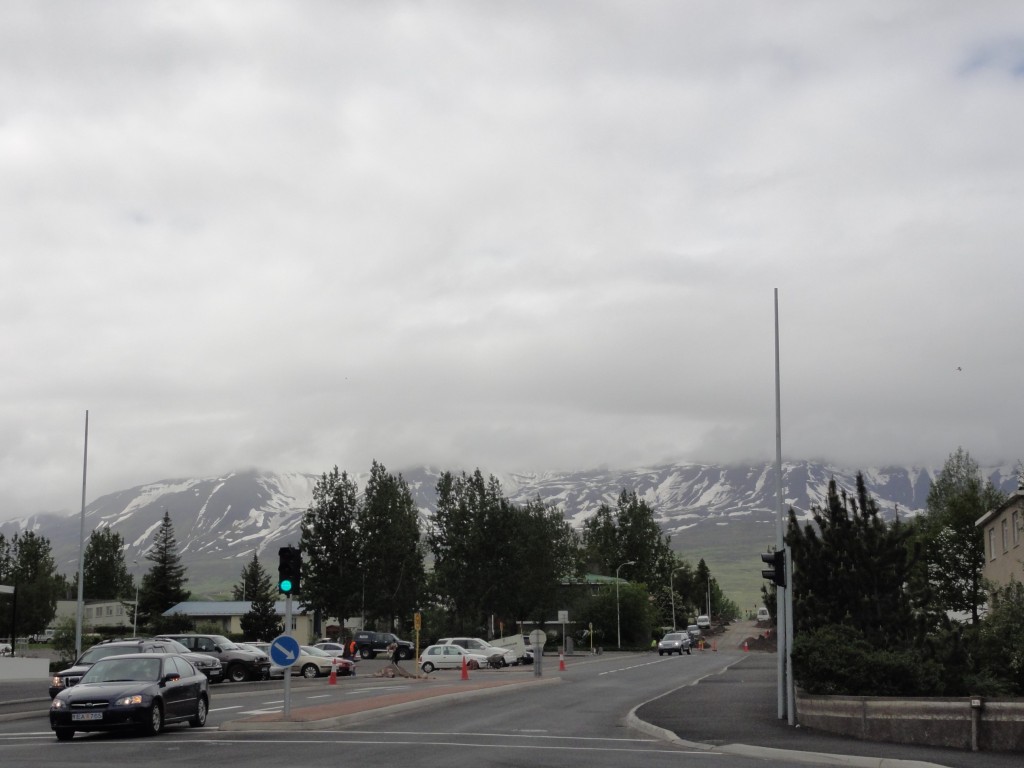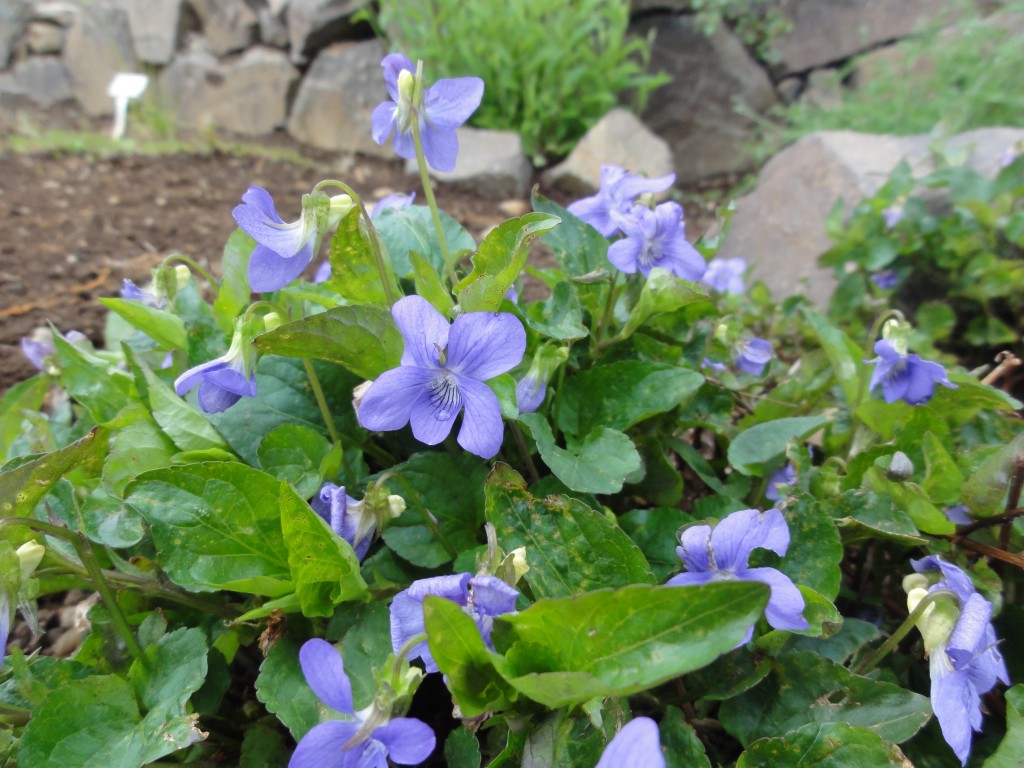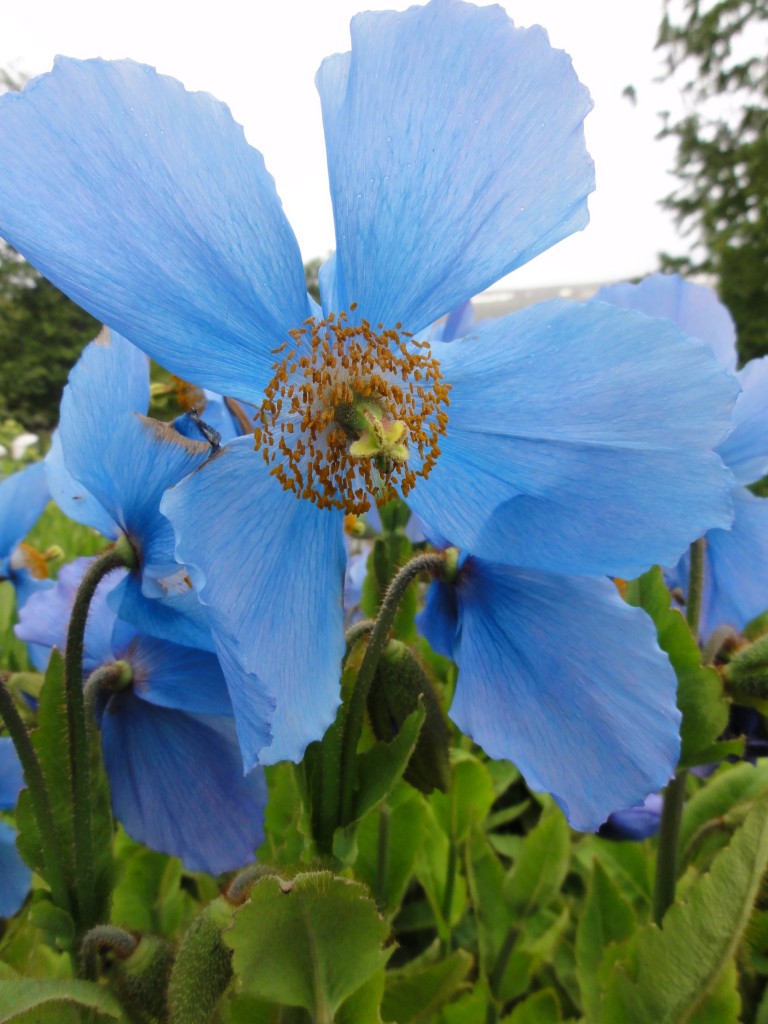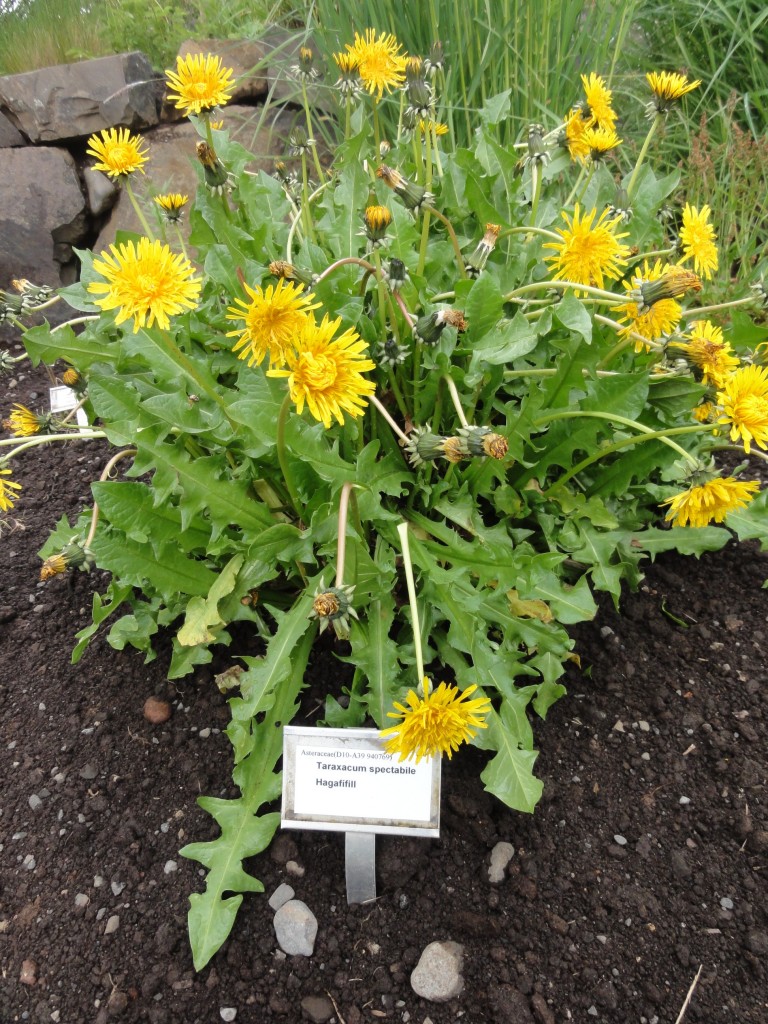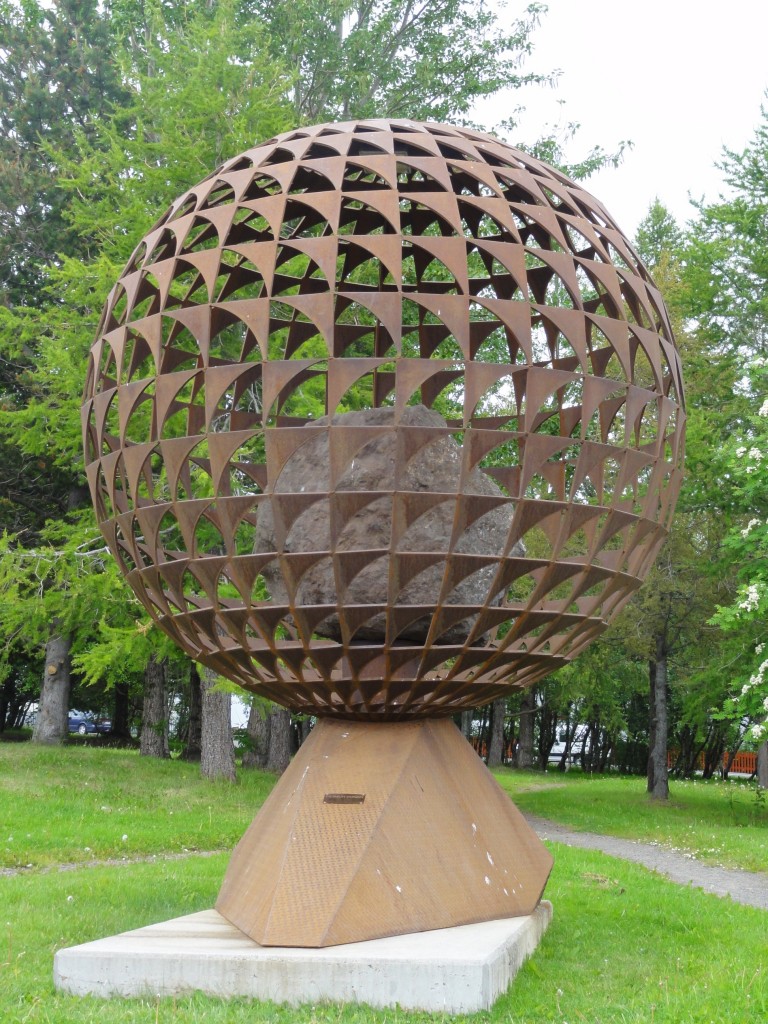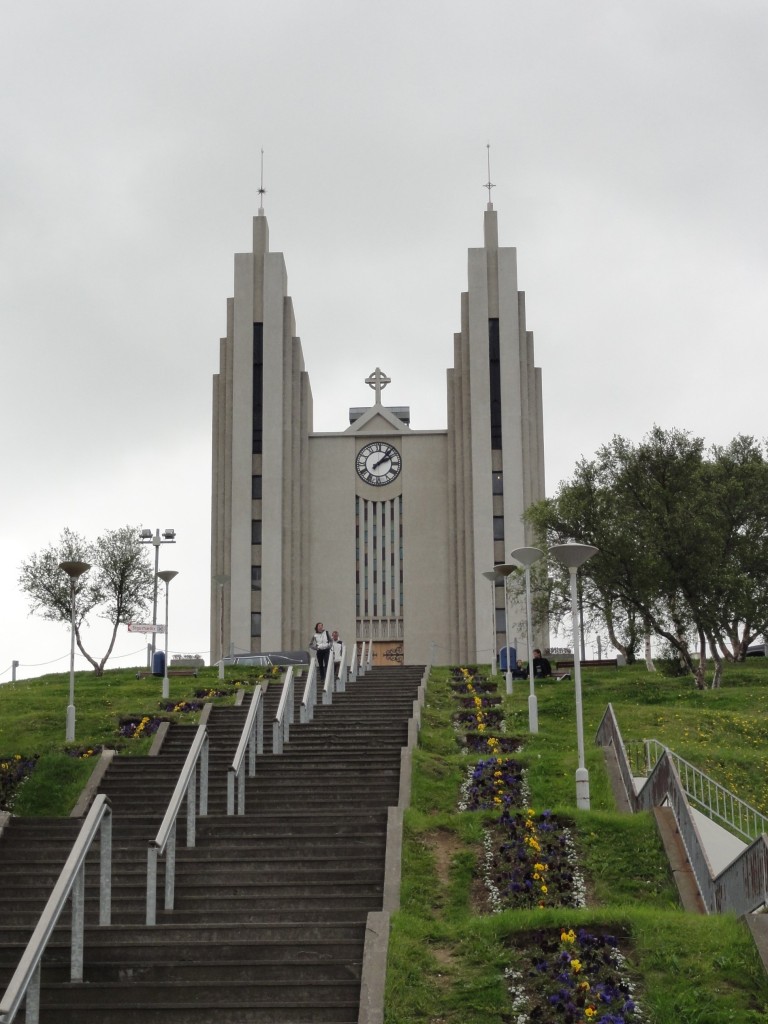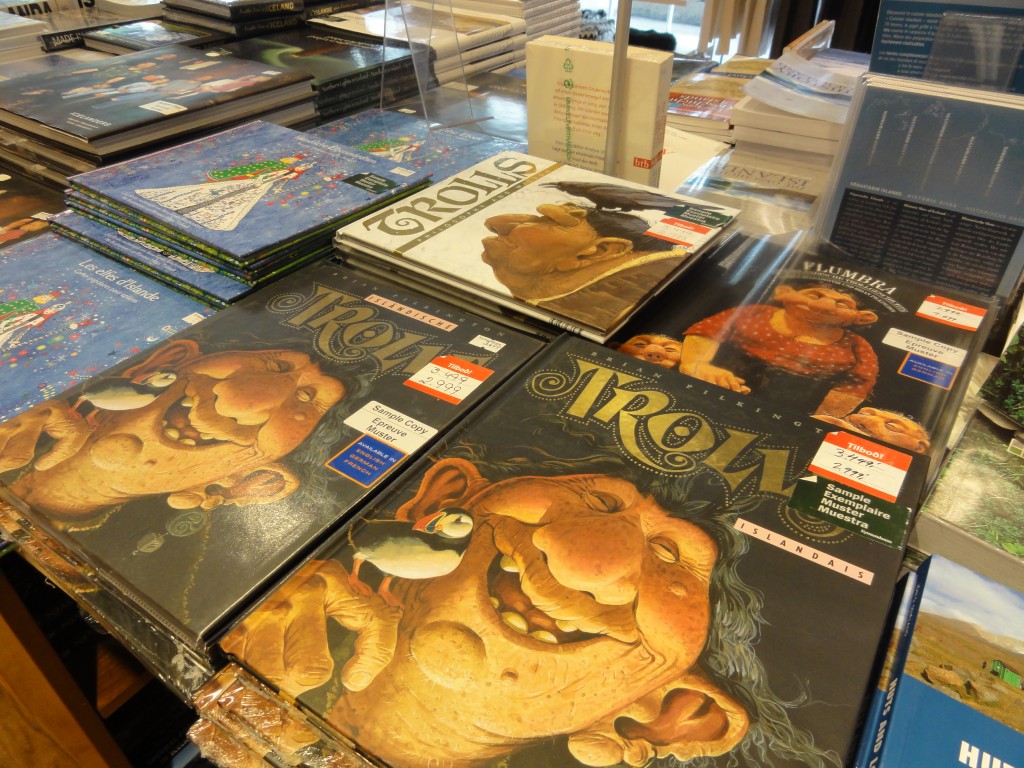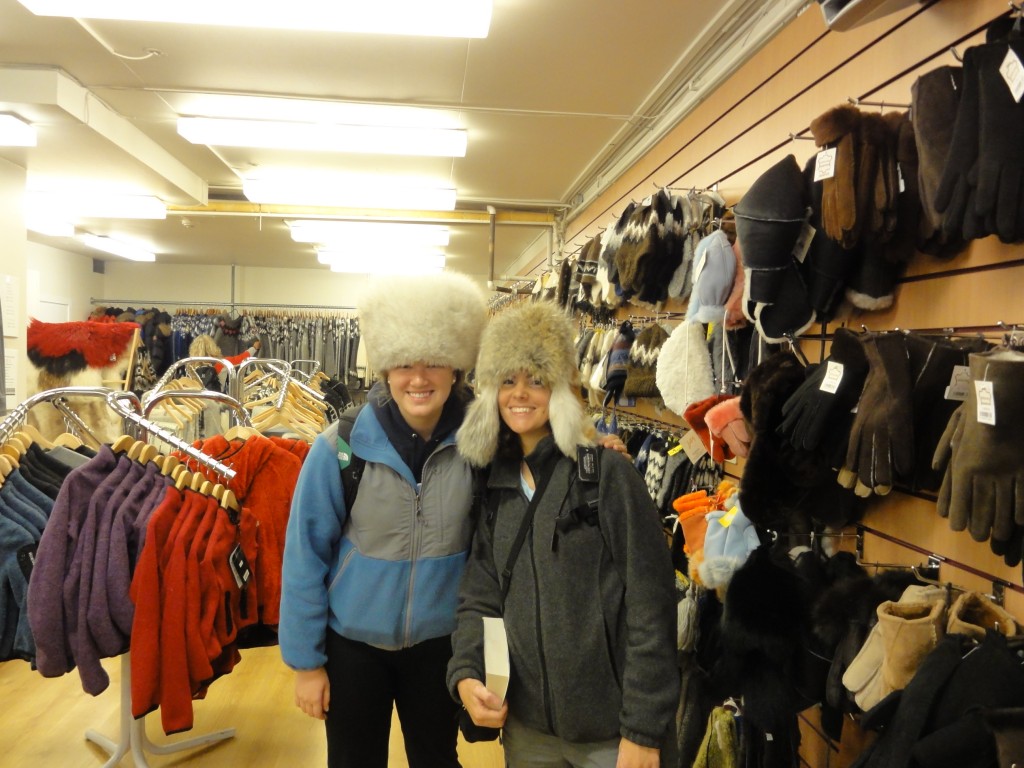 Tiny little trace fossils this week in a Jurassic crinoid stem from the Matmor Formation of the Negev Desert. They are borings produced by barnacles, which are sedentary crustaceans more typically found in conical shells of their own making. These barnacles are still around today, so we know quite a bit about their biology. (More on how in a minute.) These acrothoracican barnacles drill into shells head-down and then kick their legs up through the opening to filter seawater for food. They’ve been doing it since the Devonian Period (Seilacher, 1969; Lambers and Boekschoten, 1986).
Tiny little trace fossils this week in a Jurassic crinoid stem from the Matmor Formation of the Negev Desert. They are borings produced by barnacles, which are sedentary crustaceans more typically found in conical shells of their own making. These barnacles are still around today, so we know quite a bit about their biology. (More on how in a minute.) These acrothoracican barnacles drill into shells head-down and then kick their legs up through the opening to filter seawater for food. They’ve been doing it since the Devonian Period (Seilacher, 1969; Lambers and Boekschoten, 1986).
This particular trace fossil is Rogerella elliptica Codez & Saint-Seine, 1958. It is part of a diverse set of borings in the Matmor Formation (Callovian) of Hamakhtesh Hagadol, Israel, recently described in Wilson et al. (2010).
We know so much about boring barnacles because Charles Darwin himself took an almost obsessive interest in them early in his scientific career. While on his famous voyage in the HMS Beagle, Darwin noticed small holes in a conch shell, and he dug out from one of them a curious little animal shown in the diagram below.
He called it “Mr. Arthrobalanus” in his zoological notes. He figured out early that it was a barnacle, but he was astonished at how different it was from others of its kind. He later gave it a scientific name (Cryptophialus Darwin, 1854) and took on the problem of barnacle systematics and ecology. Eight years and four volumes later his young son would ask one of his friends, “Where does your father do his barnacles?” The diversity of barnacles played a large role in Darwin’s intellectual development and, consequently, his revolutionary ideas about evolution (Deutsch, 2009).
 Burrowing barnacle diagram from an 1876 issue of Popular Science Monthly.
Burrowing barnacle diagram from an 1876 issue of Popular Science Monthly.
References:
Codez, J. and Saint-Seine, R. de. 1958. Révision des cirripedes acrothoracique fossiles. Bull. Soc. géol. France 7: 699-719.
Darwin, C.R. 1854. Living Cirripedia, The Balanidae, (or sessile cirripedes); the Verrucidae. Vol. 2. London: The Ray Society.
Deutsch, J.S. 2009. Darwin and the cirripedes: Insights and dreadful blunders. Integrative Zoology 4: 316–322.
Lambers, P. and Boekschoten, G.J. 1986. On fossil and recent borings produced by acrothoracic cirripeds. Geologie en Mijnbouw 65: 257–268.
Seilacher, A. 1969. Paleoecology of boring barnacles. American Zoologist 9: 705–719.
Wilson, M.A., Feldman, H.R. and Krivicich, E.B. 2010. Bioerosion in an equatorial Middle Jurassic coral-sponge reef community (Callovian, Matmor Formation, southern Israel). Palaeogeography, Palaeoclimatology, Palaeoecology 289: 93-101.






